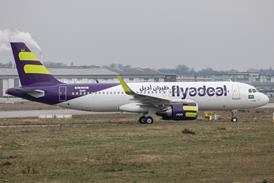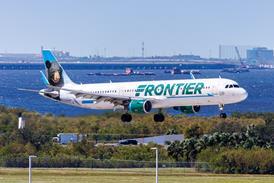Airservices Australia's plans to expand its automatic dependent surveillance - broadcast (ADS-B) programme below flight level 300 have been put on hold after it was determined a cross-industry funding proposal to help general aviation operators equip their aircraft was not possible due to Australian tax regulations.
The Australian air navigation service provider is implementing ADS-B above FL300 in a nationwide programme. For some time Airservices has been working on a proposal to extend ADS-B to lower airspace. Industry concerns, particularly over cost and the timeframe, have previously stalled the programme, but a proposal to subsidise the acquisition and installation of ADS-B avionics for aircraft with a maximum take-off weight below 5,700kg (12,550lb) had received industry support.
Airservices says it is awaiting a directive from the government on the lower airspace programme, but it will not see an accelerated implementation. "The cross-industry funding is not possible due to tax implications," says Airservices, adding that the service provider hopes the delay will provide it with an opportunity to explore alternatives.
The delay means that Australia now needs to embark on a programme of upgrading its ageing radar network, an expense it was hoping to avoid with ADS-B. "We're still firmly committed to ADS-B as the future for radar-like coverage, it just wasn't possible at this time," says Airservices, acknowledging there is industry disappointment with the decision.
ADS-B will be mandated in Australia's upper airspace, above 29,000ft (8,850m), from 2013. Some 26 ADS-B ground stations of the planned 43 are now operational nationwide.
Source: Flight International























